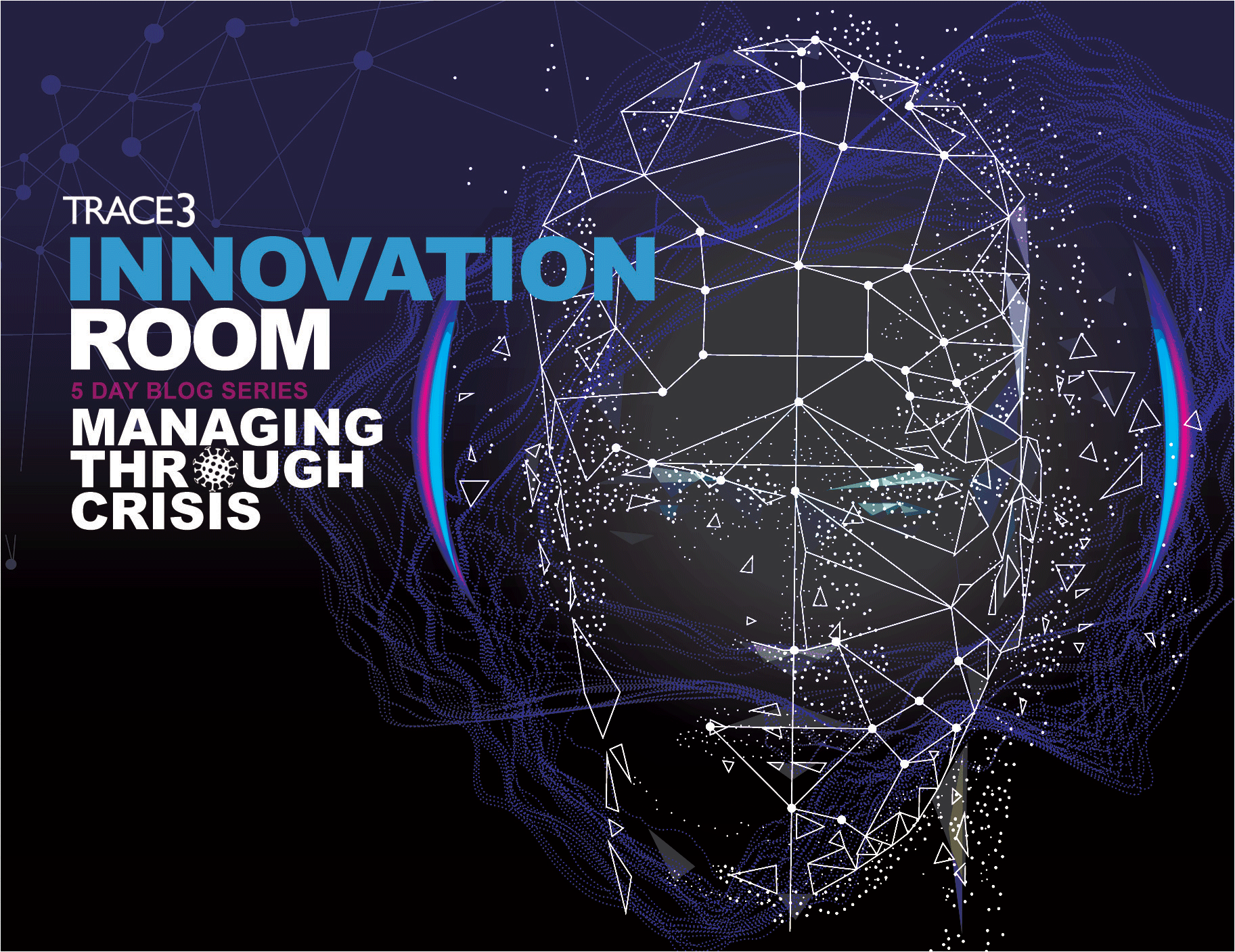Innovation Room: A Look at Three Different Types of Organizations & How They Are Responding
By Aaron Shaver, Ph.D. | CISSP, Field CTO
Industries have responded to the initial shock of the crisis and begun to adjust business strategies to new ways of managing demand fluctuations and disrupted workforces. Progressive IT leaders look at new ways to accelerate strategic digital transformation initiatives as a means to differentiate their company in a new-normal business environment. Accurate assessment of the long-term impacts, and a focus on disruptive technologies and initiatives, will ensure future business growth.
When looking toward the future it is useful to look at three different types of organizations and how they are responding.
Industries have responded to the initial shock of the crisis and begun to adjust business strategies to new ways of managing demand fluctuations and disrupted workforces. Progressive IT leaders look at new ways to accelerate strategic digital transformation initiatives as a means to differentiate their company in a new-normal business environment. Accurate assessment of the long-term impacts, and a focus on disruptive technologies and initiatives, will ensure future business growth.
When looking toward the future it is useful to look at three different types of organizations and how they are responding.
- Investment firms view the economic circumstances more analogous to the 2001 down-turn as opposed to 2008 and anticipate a similar style of recovery. Surprisingly, investment capital is strong and significant investments are made but are limited to certain sectors. They double down on new market opportunities and quickly write-off investments that are no longer viable.
- Startups are hit hard by cash flow disruption and a temporary revenue stall. However, certain startups in telehealth/telemedicine, digital entertainment, remote working, digital retail and process automation are big winners. Those who have relied heavily on top-down, long sales cycles have been hurt the most and turn to strategic channel partners for increased access to clients. Companies with demonstrable, hard-dollar value propositions will accelerate and those with fuzzy ROIs with flounder.
- Enterprise IT orgs will continue to focus on cost containment and elimination of technical debt to become more nibble. The primary focus of IT leaders will be to accelerate innovation that empowers their company to capture market share, reduce costs and increase demand. Technology projects with indirect business value will be diminished and the focus will be on technologies and new business capabilities that have direct impacts to the bottom line.
Tags:
Tech Blog

